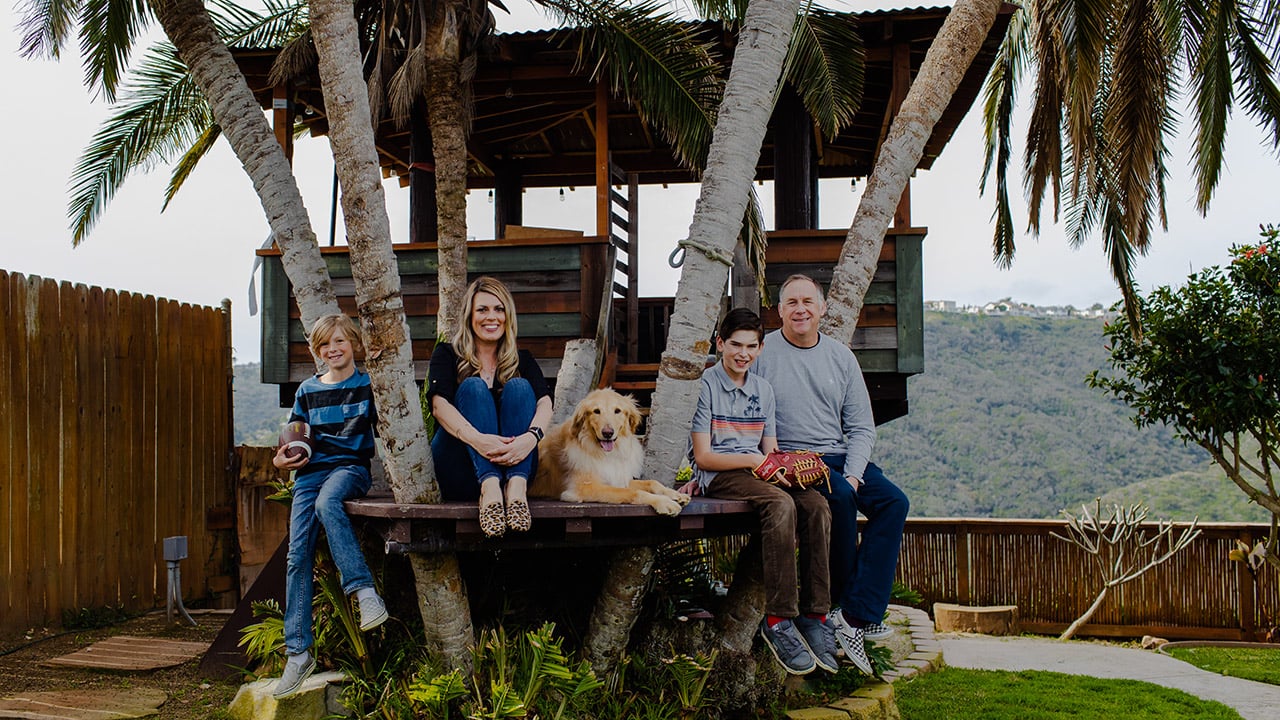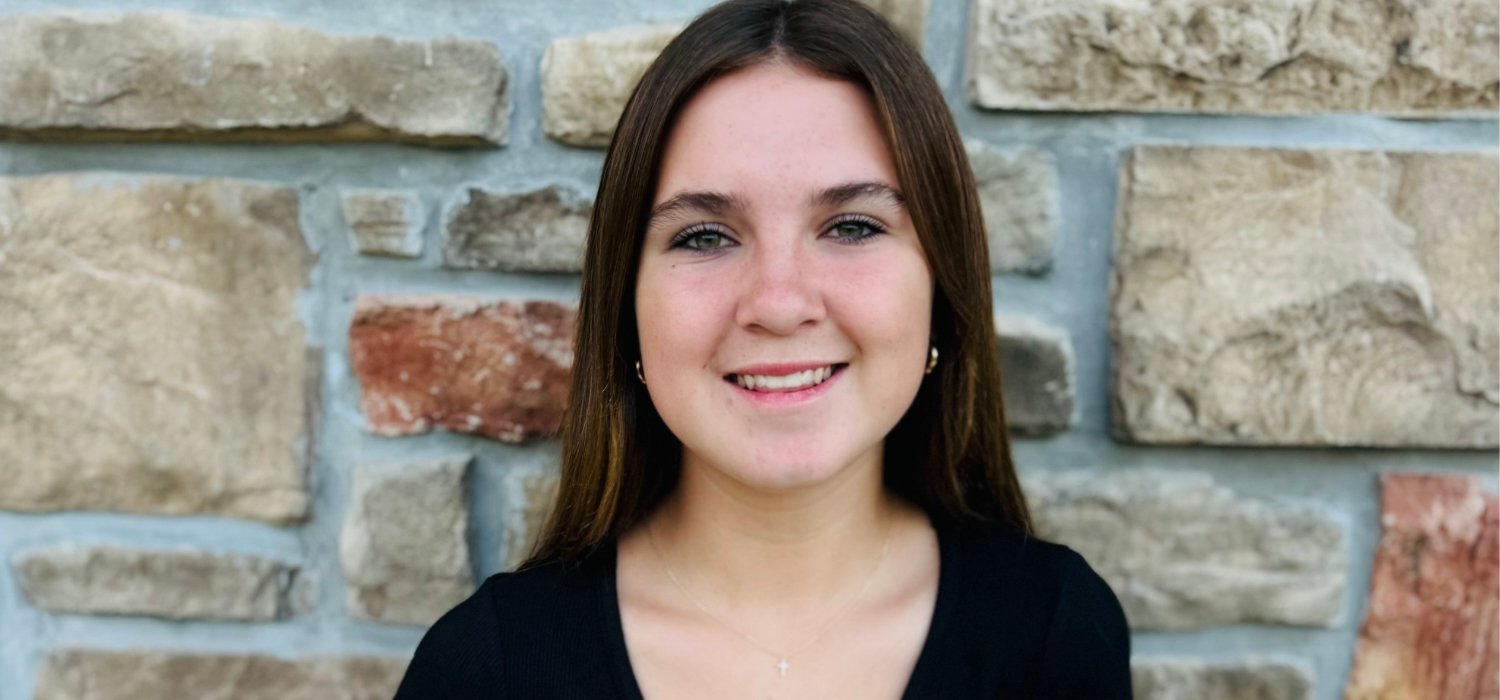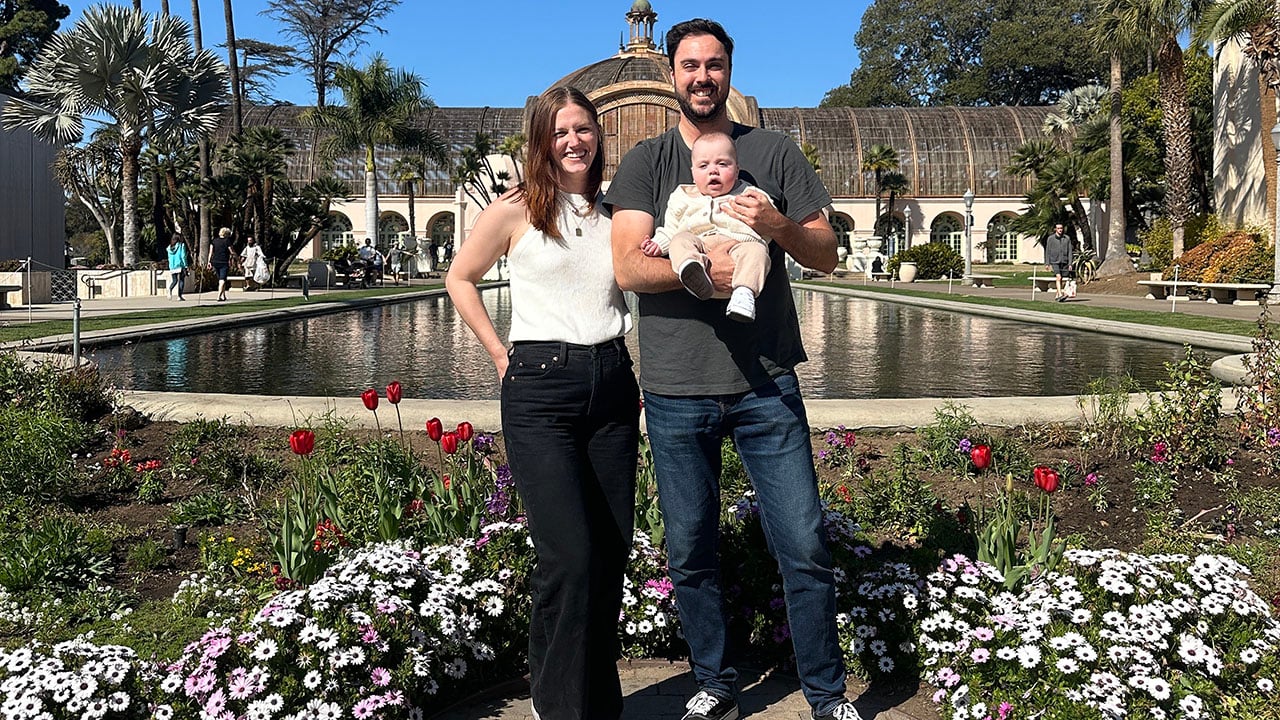
When Craig Holt (center), met Meredithe Mainquist (left) at a volunteer event, he shared his story of needing a kidney transplant. To the surprise of Holt and his wife Barbara Holt (right), Mainquist offered to donate one of her kidneys. Here, they stand by the transplant bell, which patients get to ring when they are discharged after an organ transplant. Photo courtesy of Craig Holt
It all began over a box of bell peppers — Meredithe Mainquist and Craig Holt bonded while sorting vegetables during a local food bank distribution event when Holt confided that he desperately needed a kidney.
"Well, if I’m a match, you can have mine," Mainquist said without hesitation, instantaneously surprising both Holt and herself during the February 2024 Feeding San Diego volunteer event at Grossmont College. Both had volunteered at numerous events for years, but their paths hadn’t yet crossed.
Mainquist learned that Holt, a U.S. Army veteran who had been on dialysis for four years, had been diagnosed with end stage renal disease in 2019. In 2020, the discovery of prostate cancer during the evaluation screening process for the National Kidney Registry waiting list meant he was not eligible for a transplant. After undergoing prostate removal, he learned he’d need to be cancer free for at least two years before he could be reconsidered for the transplant waiting list.
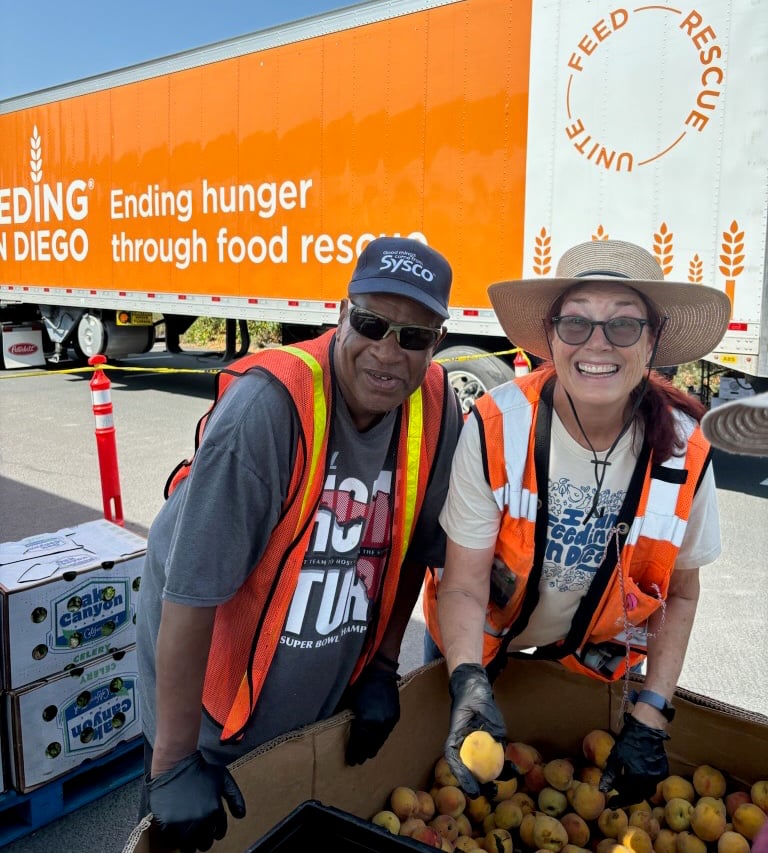 Craig Holt and Meredithe Mainquist volunteer regularly for Feeding San Diego at food distribution events. Photo courtesy of Feeding San Diego
Craig Holt and Meredithe Mainquist volunteer regularly for Feeding San Diego at food distribution events. Photo courtesy of Feeding San Diego
Fast forward to February 2024, when Holt shared with Mainquist that he had finally been added to the National Kidney Registry after a rollercoaster of medical procedures, including prostate cancer treatment and four years of three-times-per-week dialysis infusions for his failing kidneys. He shared that he would likely have to wait three to six years for his name to reach the top of the kidney transplant list, yet he was thankful his name had finally made it onto the list.
That’s when Mainquist’s unbelievable offer to donate her kidney astounded Holt.
"My goal at that time was just to get onto transplant list — then Meredithe came along and took it to a whole new level," Holt said, while looking at her with immeasurable gratitude. "To be honest, I went out to my car and just cried that day. For her to offer me one of her kidneys was just unimaginable."
April is National Donate Life Month, and Holt and Mainquist’s incredible kidney transplant journey with the Center for Transplantation at UC San Diego Health is a testament to the profound impact living organ donations can make to save lives.
The Center for Transplantation is the region’s leader in transplant surgery and a national hub of clinical expertise and research. In 2024, the center performed a remarkable 451 organ transplants, including 163 kidney transplants, 144 liver transplants, 93 heart transplants and 51 lung transplants. The kidney transplant program at UC San Diego Health is the largest in the region, and since its inception in 1968, more than 4,000 kidney transplant procedures have been performed.
One-year transplant patient and organ survival rates exceed national averages across all procedures, placing UC San Diego Health among the nation’s best transplant centers, according to the Scientific Registry of Transplant Recipients (SRTR).
Compassion in Action
Mainquist’s spontaneous offer to donate her kidney to Holt, despite never having had surgery before, underscores her altruism. She recalls the serendipitous signs that presented themselves prior to meeting Holt that opened her mind to becoming a living donor. First, she remembers seeing a handwritten banner over a local overpass that said, "I need a kidney," and being overcome with the magnitude of that person’s need. A couple weeks later, she sat next to a man on a flight home from Connecticut, who shared his heartfelt story that he was flying to San Diego to receive a kidney transplant from his son at UC San Diego Health and would spend the next 10 weeks recovering by his side. Not long after she returned home, she randomly pulled up a Ted Talk video about kidney donation that gave her a full overview of the process — without even searching for it.
When she met Holt while working side-by-side at the food bank event and learned about his need for a kidney, she instantly felt that all the signs she’d experienced had been lined up as part of a larger plan.
"I will say that I had to go home and convince my husband that donating my kidney was OK, and my family was betting that I’d back out because I don’t normally volunteer to do anything that hurts," Mainquist said with a laugh. "But I just felt compelled to do this — that God was leading me to do this."
The shortage of donor organs is universal and persistent, with more than 103,000 Americans currently on active waiting lists, according to the United Network for Organ Sharing (UNOS). Kidneys are the greatest organ in need, with more than 89,000 people on the waiting list as of September 2024. As many as 17 people die nationally each day waiting for an organ transplant.
"Living donation is a meaningful way to save the lives of people on the waitlist. The impact is huge — if only 0.02% of the 341 million people in the United States would donate, we would no longer have a waiting list," said Jennifer Berumen, MD, associate professor of surgery at University of California San Diego Medical School and director of the living donor kidney transplant program at UC San Diego Health.
"The more we can educate the public about living donation, the more chances we have to find great people like Meredithe who may be willing to come forward."
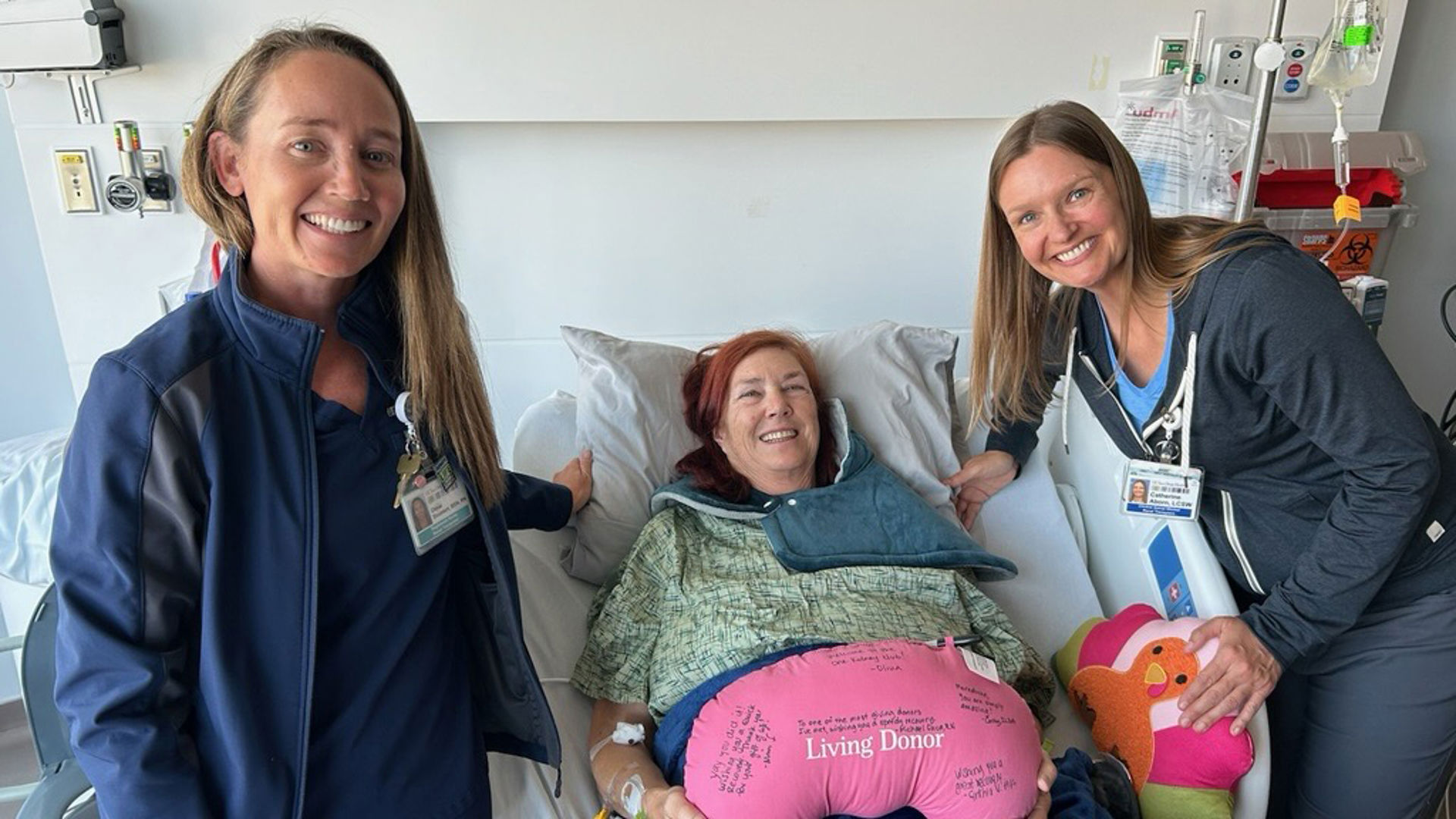
Meredithe Mainquist (center) volunteered to donate her kidney to Craig Holt. Here, she is in recovery with Center for Transplantation care team members Olivia Stoddart, RN (left) and Cathy Aborn, LCSW (right). Photo courtesy of Meredithe Mainquist
A Journey of Hope and Healing
Chronic kidney disease is a leading cause of death in the United States, which affects nearly 15% of adults and can lead to kidney failure, according to the Centers for Disease Control and Prevention. While dialysis is a lifesaving treatment for kidney failure, it requires patients to be hooked up to a dialysis machine several days each week for hours at a time.
Holt was expecting another three to six years of grueling dialysis treatments as he waited on the kidney transplant list prior to meeting Mainquist.
"I’m one of the lucky ones — I’ve known people who have spent 15 years on dialysis," Holt said. "Without Meredithe, I would still be preparing for dialysis treatments today — this is such a tremendous gift she has given me."
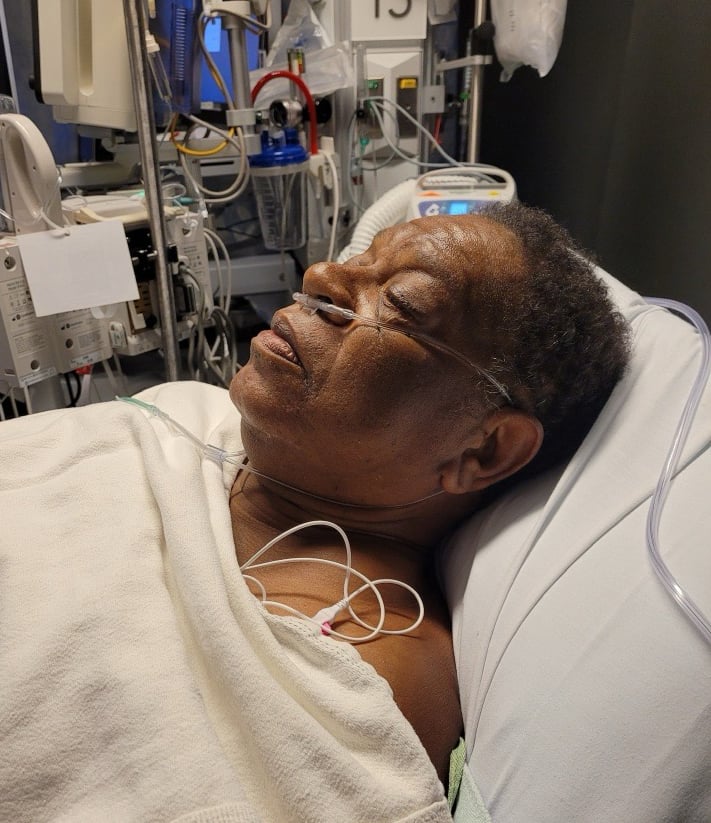 Craig Holt never imagined his new volunteer friend would offer to donate her kidney to save his life. Photo courtesy of Craig Holt
Craig Holt never imagined his new volunteer friend would offer to donate her kidney to save his life. Photo courtesy of Craig Holt
Although Mainquist’s kidney wasn’t an ideal match for Holt, her willingness to donate put him at the top of the transplant list. UC San Diego Health works closely with the National Kidney Registry, which provides access to paired, chain and voucher kidney donations from a national patient list. The program offers patients with living donors who are not a match an opportunity to still receive a living donor transplant within a short time frame.
Mainquist’s kidney was removed by Berumen at UC San Diego Health on Oct. 14, 2024, and it was ultimately donated to a woman in Virginia. Once her donation was complete, Holt became eligible for the next kidney on the list that was a match. Berumen transplanted Holt’s new kidney that had been flown in from Chicago on Oct. 29, 2024.
"Not all people are aware that you can still donate a kidney for someone, even if you are not a match," Berumen said. "We participate in national exchange programs for this scenario. An intended donor can donate to the exchange, and their intended recipient can receive a kidney transplant from a donor in the same situation. Programs like this facilitate a crucial component of living donation."
Mainquist and Holt’s story is a powerful reminder of the importance of living donation. While Mainquist’s recovery journey had its ups and downs, after just two months, she was back to doing yoga and enjoying her usual daily activities.
"I mean, we all have a spare," Mainquist said of her kidneys with a grin. "Six weeks of recovery is not a long time in our lifespan, and yet it can give one or two people a whole new lease on life."
When asked why she so quickly and selflessly offered her kidney to Holt, Mainquist said she felt a calling to give him a better quality of life to help ensure that he’d be able to continue giving back to the community through his volunteer work with Feeding San Diego, a nonprofit that provides more than 29 million meals annually and has fostered a supportive community among its volunteers.
"And now I’ve got three kidneys — two don’t work, but thanks to Meredithe, I now have one that does," Holt said, explaining that his remaining kidneys were not removed, but repositioned. Holt has already returned to volunteering. "The transplant team at UC San Diego Health made this an incredible journey and explained things every step of the way. Living donation is such a gift, and we want to help educate others about the life-changing impacts they can make by considering becoming a donor."
Become an Organ Donor
Choosing to become an organ donor is the ultimate gift of life to the more than 103,000 people who are on the national organ transplant waiting list.
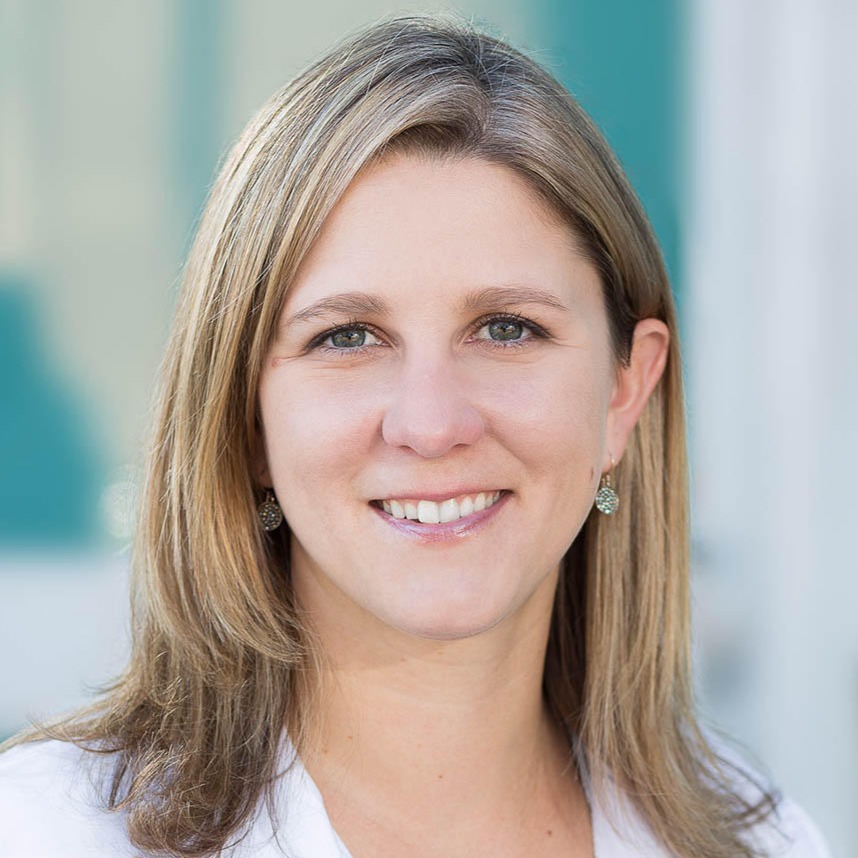
Jennifer Berumen, MD
- Transplant and Hepatobiliary Surgeon
- Director of Living Donor Kidney Transplant
- Surgical Director, Pediatric Transplant
- Associate Professor of Surgery
